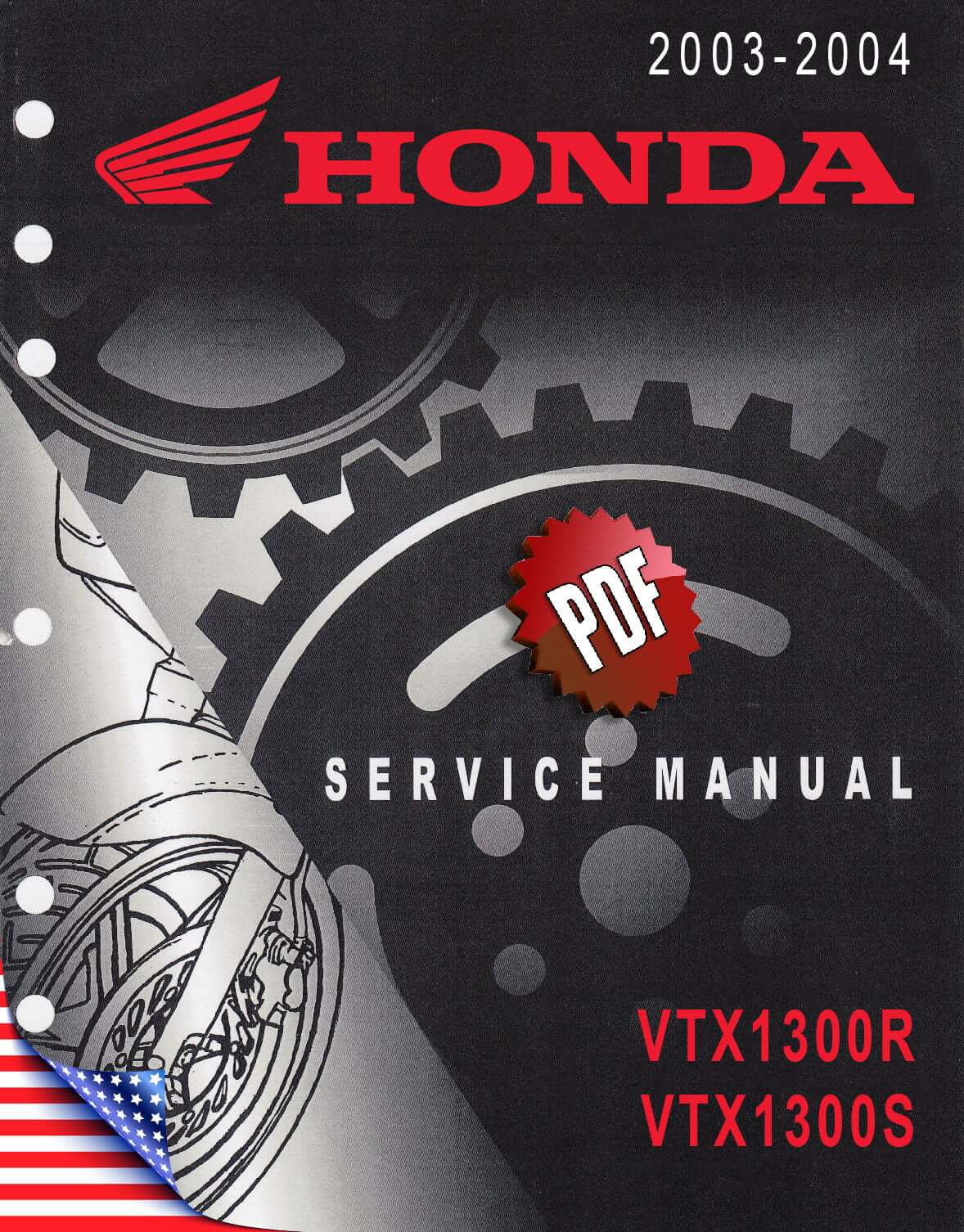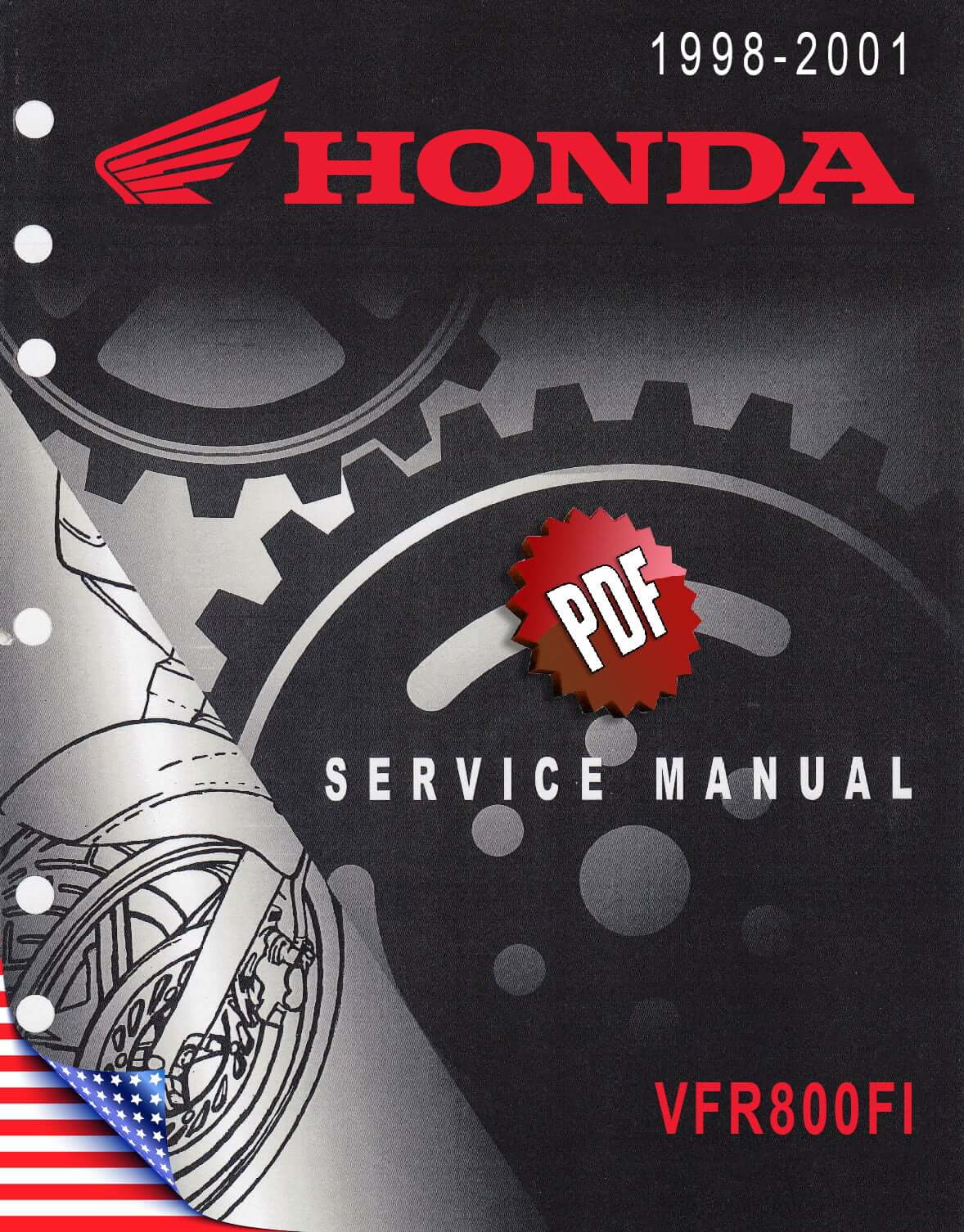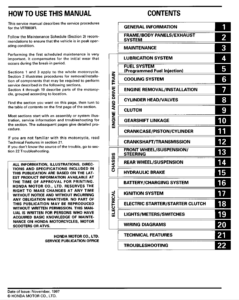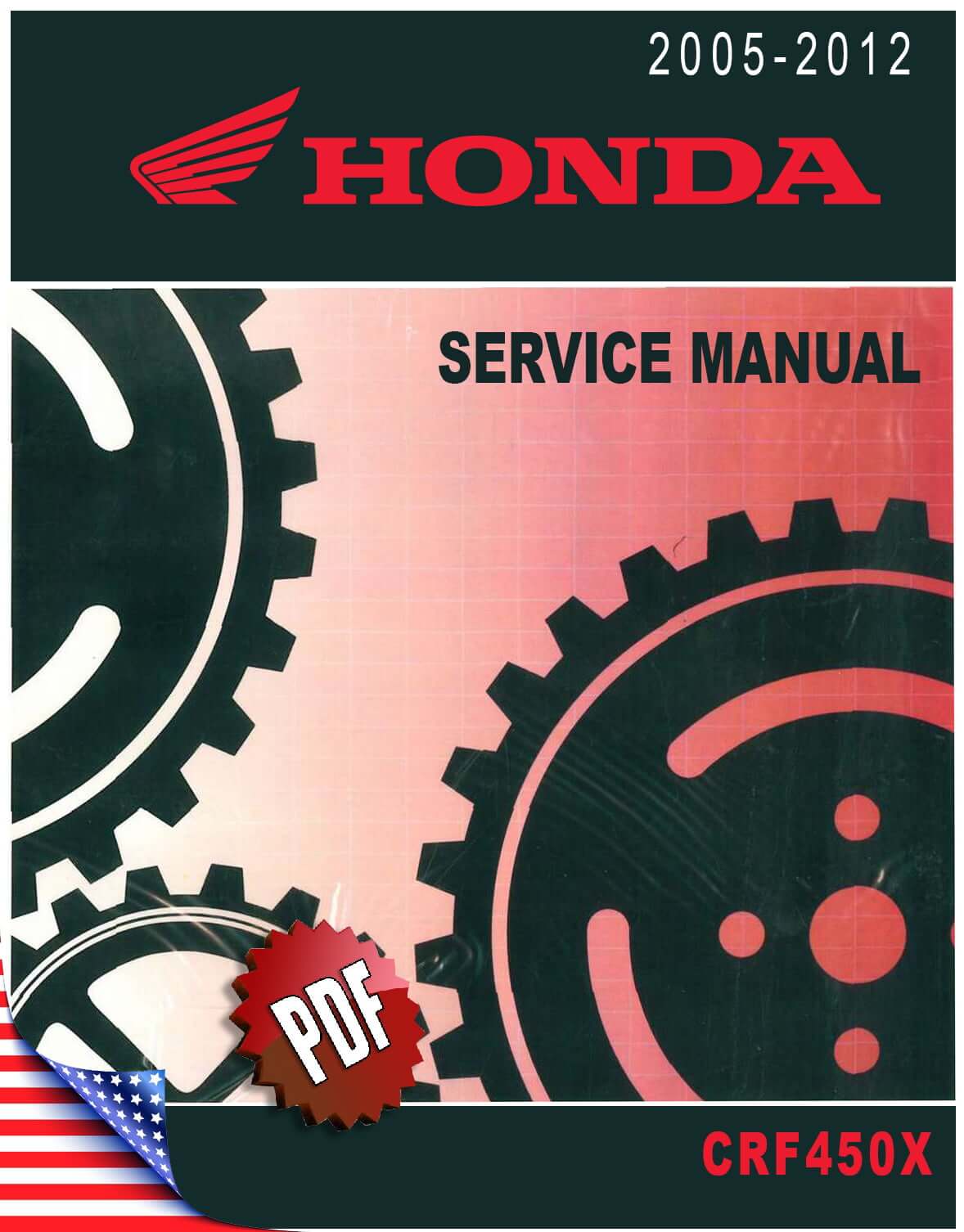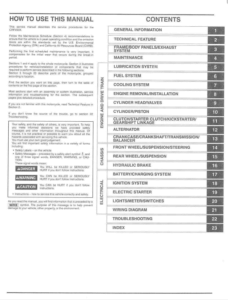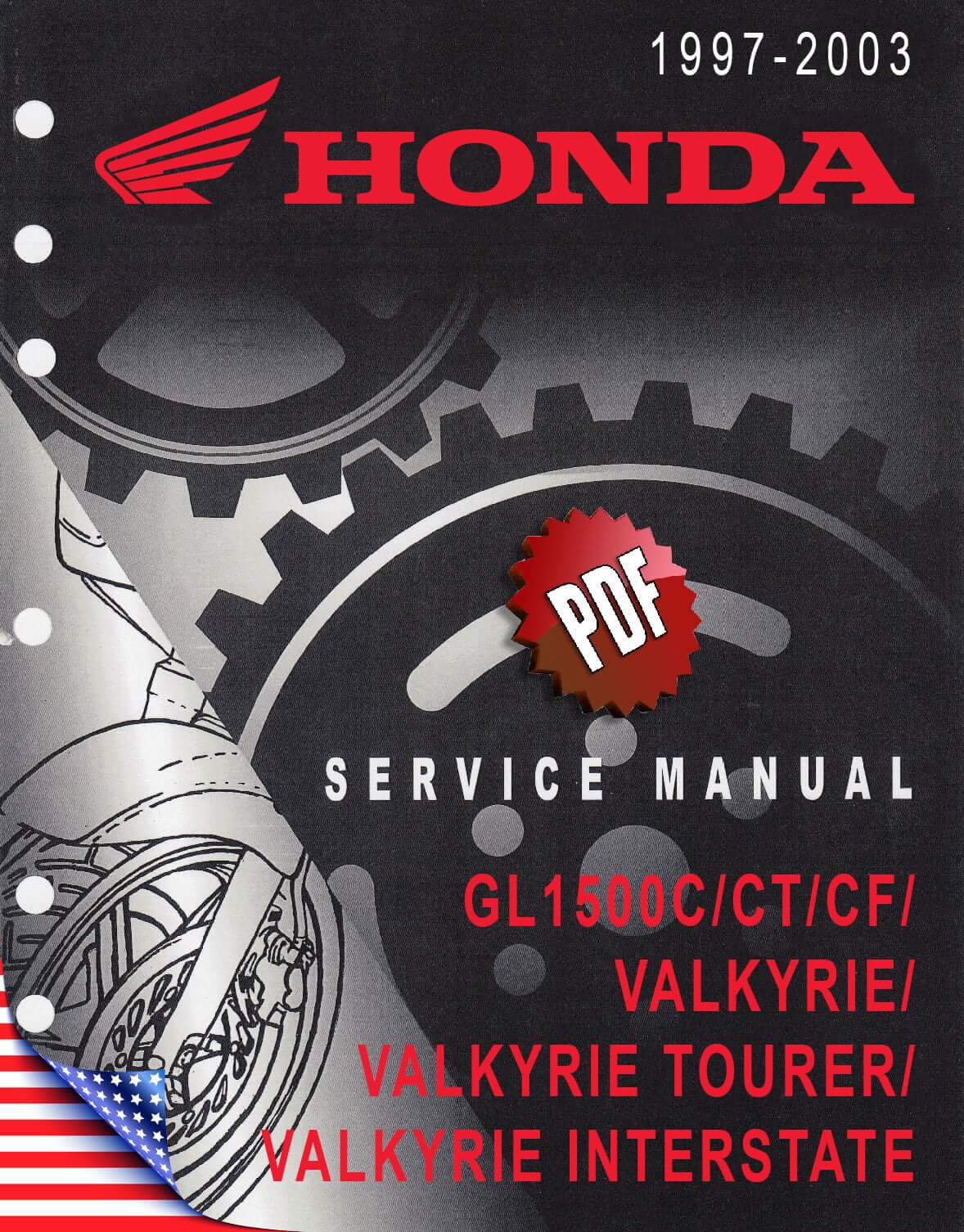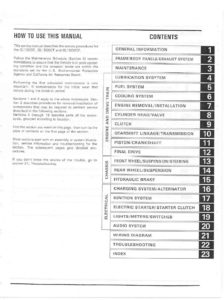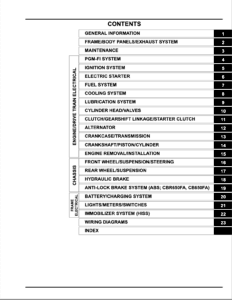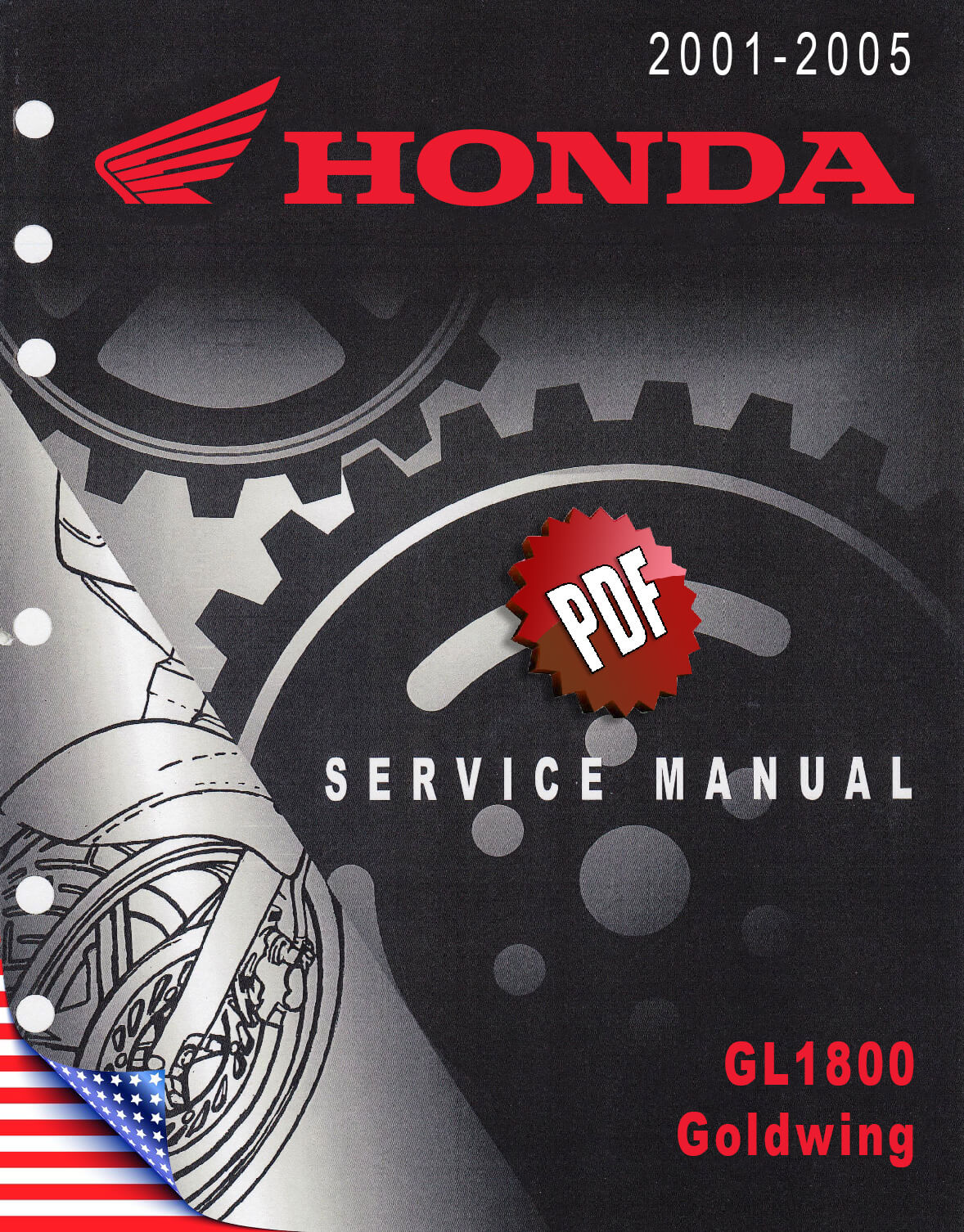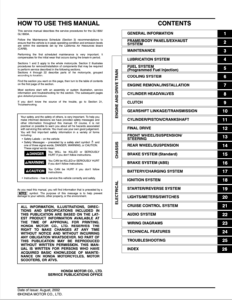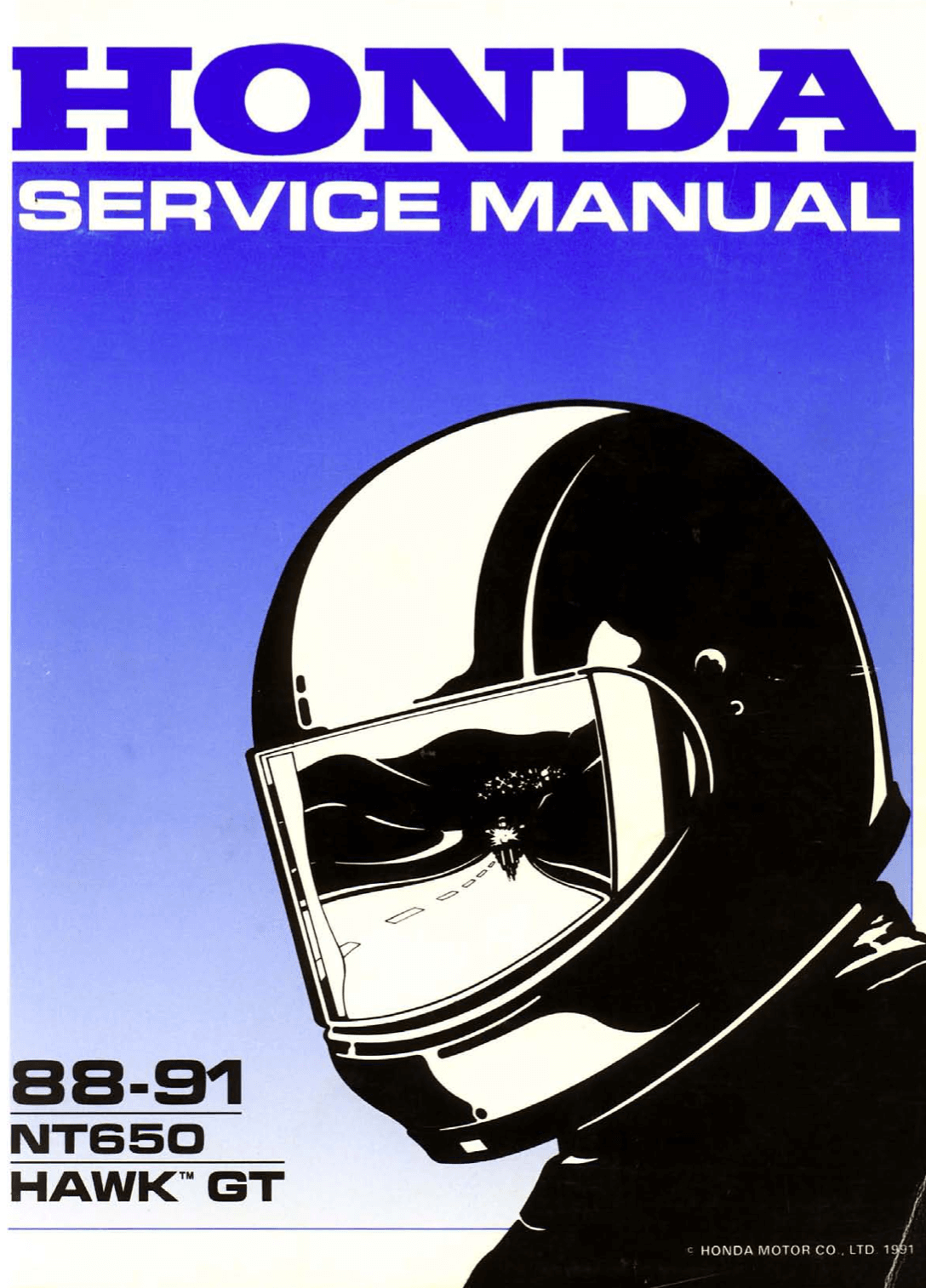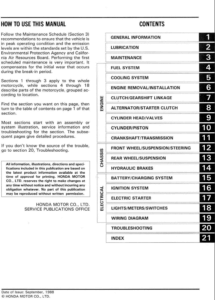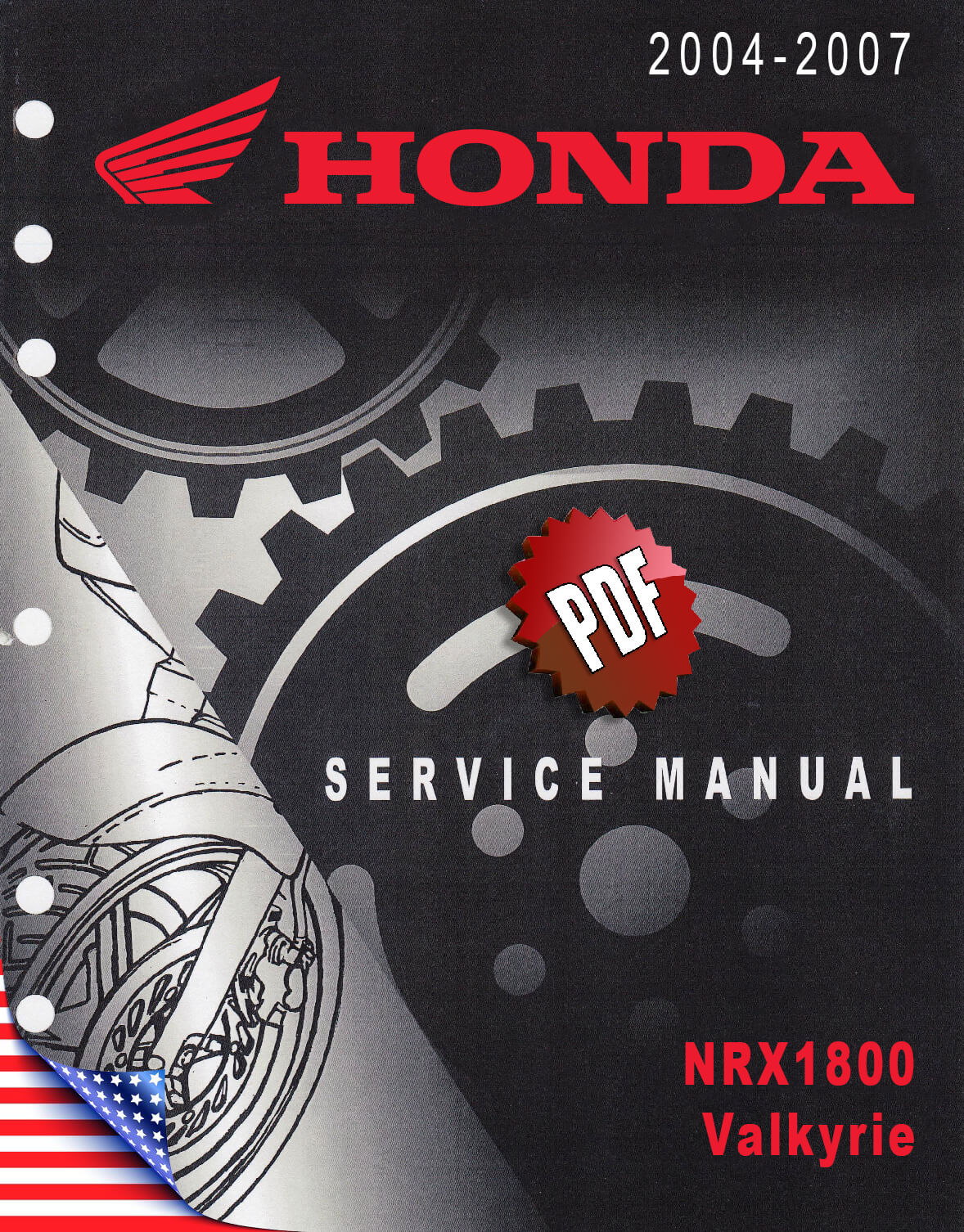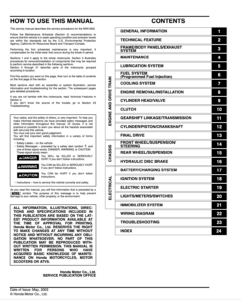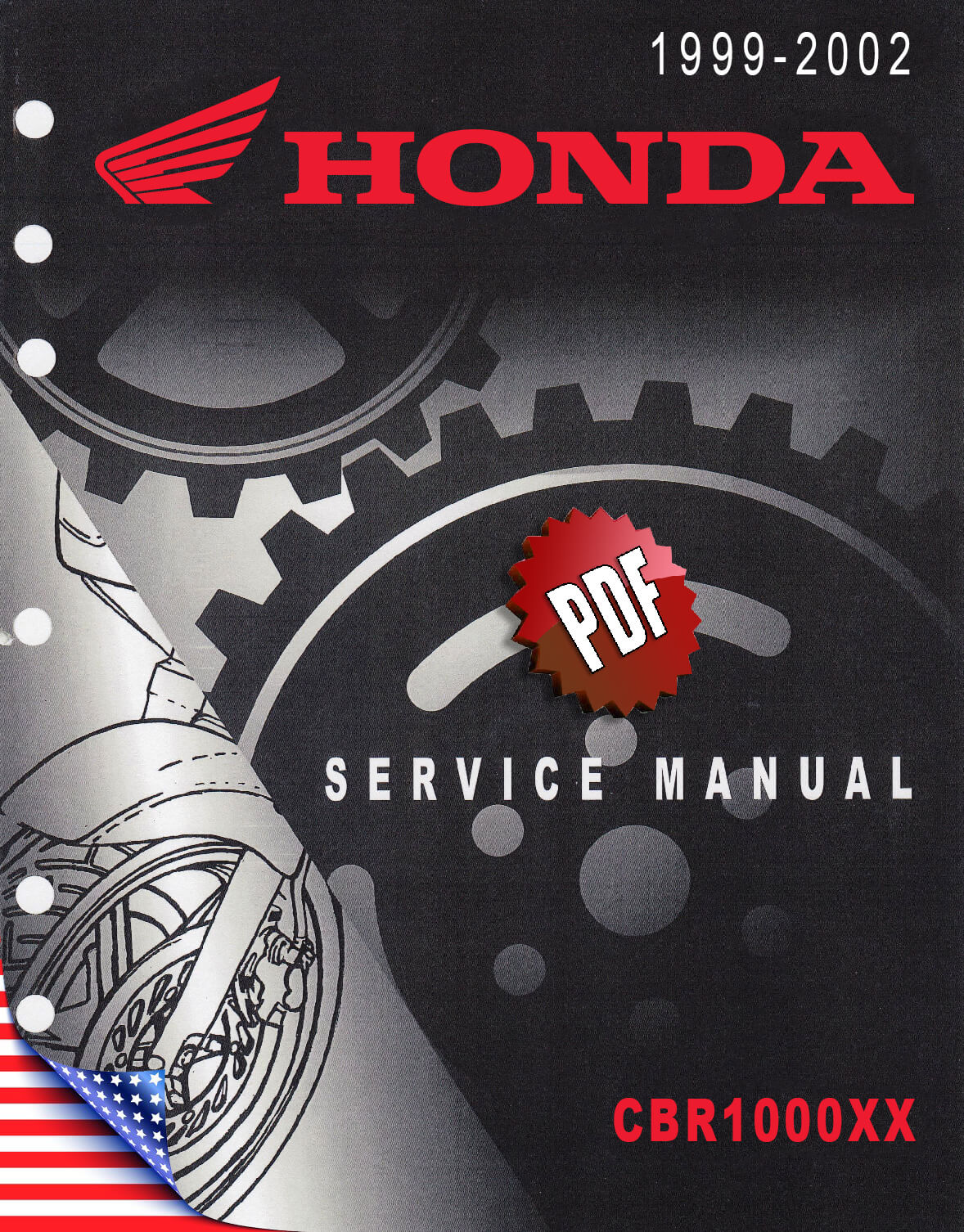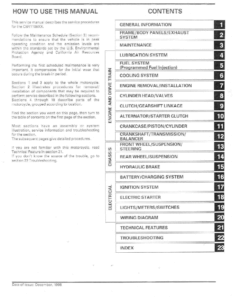Complete PDF version of the Service Manual for the Honda VTX1300R/VTX1300S. A MUST for every VTX1300 owner.
Download: Immediately after payment!
OEM Original factory workshop manual.
Models covered by this manual: 2003-2009
Number of pages: 350 pages
Table of contents:
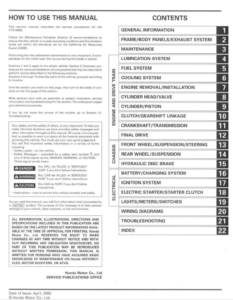
This PDF repair manual can be downloaded right after the payment process in complete, on the device of your choice. You will also receive the download link by email along with your receipt.
We do not offer printed manuals, for the following reasons:
- it is more eco-friendly to use a digital version
- your manual never gets dirty or greasy
- you can always choose to print the specific page(s) you need to work on your bike
- you receive your manual immediately after payment
- it is searchable

Honda VTX1300
The Honda VTX series is a range of V-twin Honda cruiser bikes inspired by the Zodia concept unveiled at the 1995 Tokyo Motor Show. The Honda VTX 1800 was introduced in 2001 as a 2002 model. The Honda VTX engine was the highest displacement production V-twin in the world at the time this bike was debuted, but that status would be short-lived as the VTX1800 was replaced in 2004 by the 2.0-liter Kawasaki Vulcan 2000. Nonetheless, the VTX 1800 generated faster 0-60 mph and 1/4 mile times.
V-Twin Extreme is abbreviated as VTX.
The VTX1300 line was released for the 2003 model year, and it developed into the VT1300C line beginning with the 2010 model year.
In addition to the 52° V-twin arrangement, the 1800 and 1300 powertrains share the following features:
- radiator with cooling fan;
- cylinder heads with two intake valves and a single, larger, exhaust valve;
- rocker arms with screw-and-locknut clearance adjusters;
- electronic control unit with 3-D ignition maps for each cylinder;
- two spark plugs per cylinder;
- dry sump oil system with the oil tank inside the gearbox case;
- shaft final-drive.
The VTX1300S was introduced in 2002 as a 2003 model, featuring an all-new 1,312 cc (80.1 cu in) liquid-cooled V-twin engine with classic cruiser bodywork and spoked wheels. It sold quickly, with about 12,000 copies sold by the end of 2003.
Unlike the VTX1800 series, the VTX1300 motorcycles employed normal unlinked brakes with a single massive front disk measuring 336mm in diameter. A 296mm disc served as the back brake.
Although comparable to the 1800, the 1300 was a new design, not a smaller bore or shorter stroke version of the 1800.
Unlike the fuel-injected 1800, the 1300 engine had a 38 mm constant velocity carburetor. To facilitate cold-weather functioning, the single carb featured a manual choke and was heated by engine coolant. The new engine has the same liquid-cooled overhead-cam 52-degree V-twin arrangement as its bigger brother, but the VTX1300 engine was built around a single-pin crankshaft rather than the 1800s dual-pin crank.
As a result, to manage engine vibration, the 1300 required dual two-axis main counterbalancers. Instead of the hydraulic clutch found on the VTX1800, the VTX1300 engine had a cable-operated clutch. To manage emissions, the 1300 engine featured an air injection system and catalytic converters, identical to the larger engine, as well as a low fuel-air combination.
The VTX1300 series used the same two-into-two exhaust system across the board, as contrast to the VTX1800C’s model-specific two-into-one system.
Editor Ken Hutchison of Motorcycle USA remarked in a road test that the VTX1300C featured a “extra-muffled exhaust noise that may be politically acceptable but definitely detracts from the Big Twin experience potential purchasers may be looking for.”
Nonetheless, Art Friedman of Motorcyclist magazine stated that the VTX1300’s “sound is vintage V-twin,” and that the bike had more responsive handling and a smoother gearbox than its 1800cc sibling.
The VTX1300 motorcycles came with the bare minimum of instruments, a single huge analog speedometer (with a digital odometer) in a nacelle on top of the gasoline tank, with no clock or fuel gauge. The 2004 VTX1300S was joined by the lighter and shorter VTX1300C Custom, which had cast-alloy wheels, a drag-style handlebar, and without the S model’s floorboards and heel-and-toe gear. The new C model also sold well in its debut year, with upwards of 11,000 units sold.
With the release of the VTX1300R Retro in 2005, the VTX1300 family expanded to three models, with cast-alloy wheels (and tubeless tires) replacing the wire wheels used on the otherwise similar VTX1300S. The R-model also performed well in the showroom, with first-year sales exceeding 8000 units. Honda continued to produce those three models, types C, S, and R, with just the paintwork altering in 2006 and 2007.
Honda discontinued the spoked-wheel VTX1300S in 2008, but added the VTX1300T Tourer variation to keep the lineup at three models (with cast wheels).
The Tourer was essentially a type R bike outfitted from the factory with the three most often installed equipment by Honda dealers: saddlebags containing 24 litres (0.85 cu ft), a windscreen, and a passenger backrest. Susan Carpenter described the VTX1300T as a “Midwesterner’s motorbike” in a Los Angeles Times road test, adding that many sales of the VTX1300 range were made in “corn country.”
The two-into-two exhaust system was changed in 2008 to be more compact. The VTX1300 was discontinued in 2009, available in new colors as type C, R, and T variants but otherwise identical to the previous year.
The Yamaha DragStar 1100 (aka V Star 1100) and V Star 1300, the Suzuki Boulevard S83, the Harley-Davidson Sportster 1200 Custom, and the Kawasaki Vulcan 900 Classic and Vulcan 1500 Classic were also competitors.
Total sales of all VTX1300 cruisers for all model years was 82,900.
Source: Wikipedia

